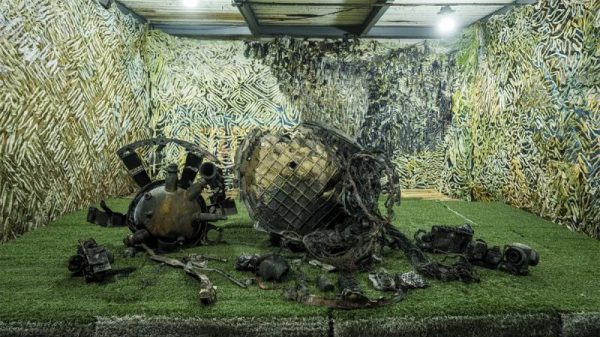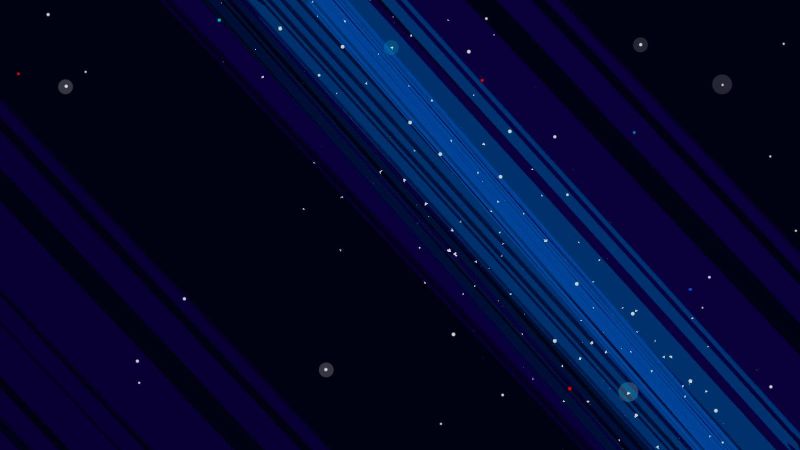The James Webb Space Telescope has captured wispy new details of cosmic gas and dust within the Crab Nebula, revealing insights into what happens in the aftermath of a massive star explosion.
The Crab Nebula is a well-studied supernova remnant located 6,500 light-years away in the Taurus constellation.
Astronomers in China, Japan and the Middle East first spotted the “crab” in the night sky in 1054, recording their observations of what they believed to be a new star. Later, it was determined that the phenomenon was actually the bright light of a supernova, or exploding star, reaching Earth.
Having historical evidence of a stellar explosion event is rare, which is why there is so much interest in the nebula.
Despite the fact that the relatively nearby Crab Nebula has long been observed, modern astronomers still have questions about the doomed star and the chemical makeup of the glowing cosmic cloud it created.
The Crab Nebula has been studied by other space observatories like the Hubble Space Telescope. But Webb’s ability to view the universe in infrared light, which is invisible to the human eye, was able to pierce through the otherwise obscuring dust of the nebula to pick out previously unseen features.
Researchers used Webb’s Near-Infrared Camera and Mid-Infrared Instrument to study the nebula with the aim of unveiling insights into its origins.
“Webb’s sensitivity and spatial resolution allow us to accurately determine the composition of the ejected material, particularly the content of iron and nickel, which may reveal what type of explosion produced the Crab Nebula,” said Tea Temim, research astronomer at Princeton University in New Jersey, in a statement.
Capturing aspects of the ever-expanding Crab Nebula
Hubble captured the celestial object using an optical wavelength in 2005 (above left), while Webb’s latest infrared image (above right) revealed more of its structural details and inner workings.
Yellow-white and green filaments, made of dust grains, appear in the Webb image for the first time. The prominent smokelike material that dominates the nebula’s interior is evidence of synchrotron radiation, or patterns created by charged particles moving around the lines of magnetic fields.
This milky haze is produced by the nebula’s power source, a pulsar, or a rapidly rotating neutron star. Neutron stars are the dense remnants that form after massive stars burn through their internal nuclear fuel and collapse. The pulsar’s magnetic field accelerates charged particles to the point that they emit radiation as they zoom around the star’s magnetic field lines.
In the new image, rippling, circular wisps point to the nebula’s pulsar heart, seen as a central bright white spot. Closer to the edges of the image are thin white lines that outline the pulsar’s magnetic field, which provides the nebula with its shape. The nebula continues to expand over time as wind created by the spinning pulsar pushes the interior gas and dust outward.
As astronomers continue to analyze the Webb data and compare it with data collected by other telescopes, they are also anticipating a fresh perspective on the nebula from Hubble within the next year. Together, the observations could help astronomers turn back time to unlock what happened before the star exploded.







































